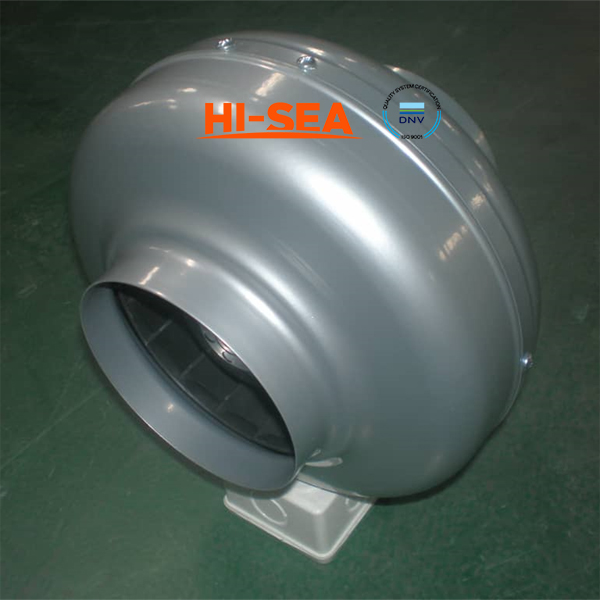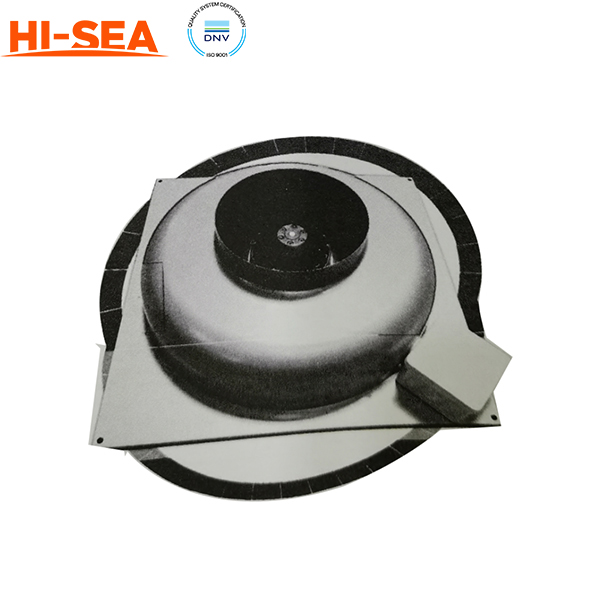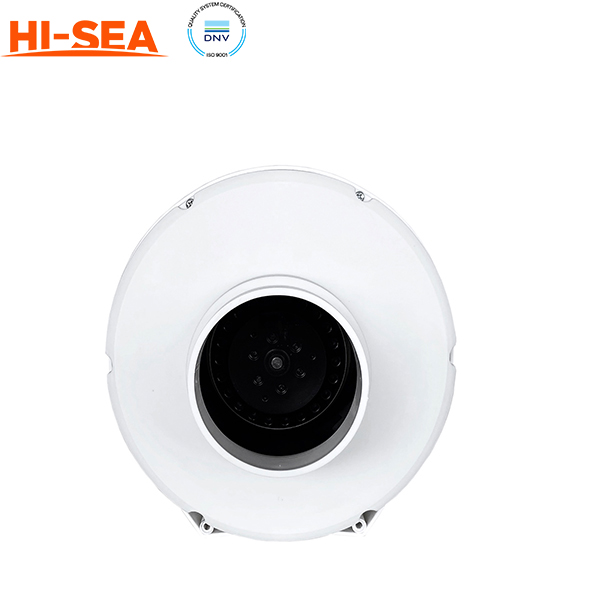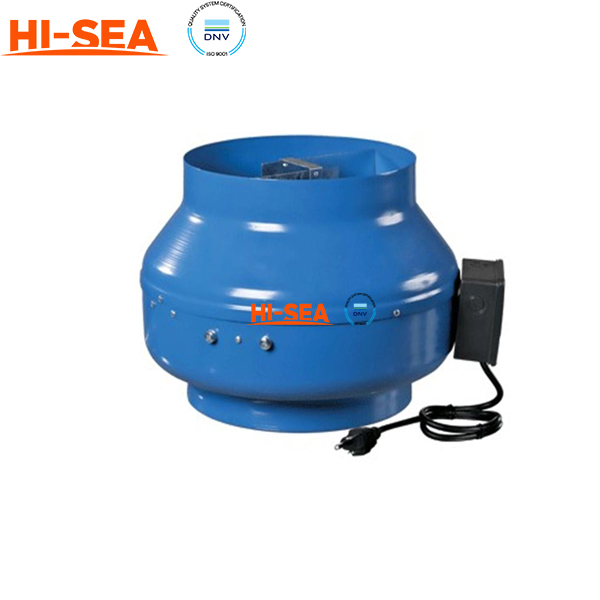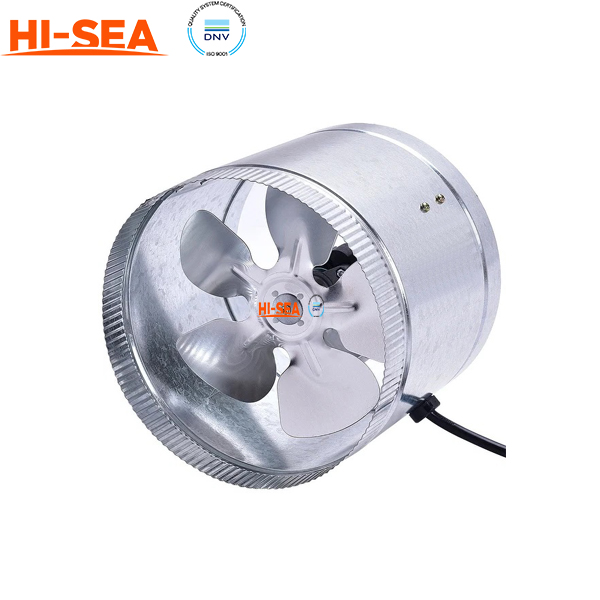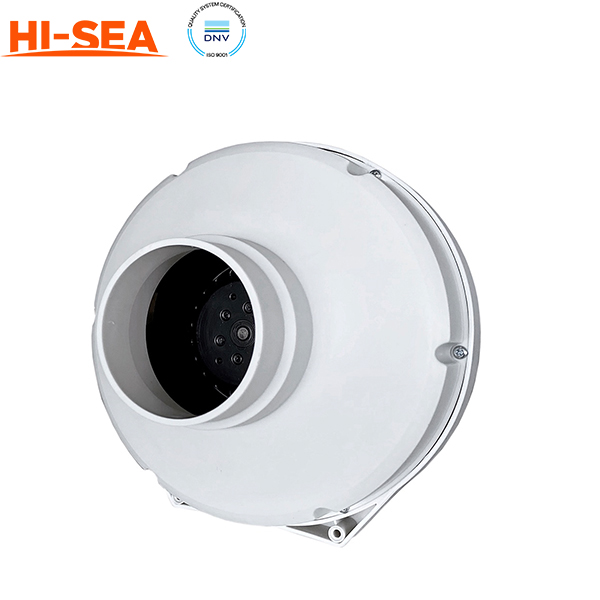MARINE & OFFSHORE EQUIPMENT
- Dredging Equipment
- Marine Deck Machinery
-
Marine Mooring Equipment
-
Marine Anchor
- AC-14 HHP Anchor
- Admiralty Anchor
- Beldt Stockless Anchor
- Bruce Anchor
- Spek Anchor
- Danforth HHP Anchor
- Delta High Holding Power Anchor
- GB11579-89 Light Weight Anchor
- Hall Anchor
- High Holding Power Mastrosov Anchor
- Hot Dip Galvanized Anchor
- Japan Stock Anchor
- JIS Stockless Anchor
- Pool Anchor
- Single Fluke Anchor
- Stainless Steel Anchor
- Stevpris MK5 Anchor
- Stingray Anchor
- US Navy Stockless Anchor
-
Marine Anchor Chain
-
Marine Shackle
- Kenter Shackle
- D Type Joining Shackle
- Pear Shaped Shackle
- Anchor Swivel Shackle Type A
- Anchor Swivel Shackle Type B
- Buoy Shackle Type A
- Buoy Shackle Type B
- C Type Detachable Connecting Link
- D Shackle
- Forelock Shackle
- Anchor Chain Swivel Group
- Straight Shackle
- Anchor Shackle
- Marine Triangle Plate
- Anchor Chain Swivel
- Anchor Chain Joining Shackle
- Anchor Chain End Shackle
- Slim Kenter Shackle
-
Chain Chaser
-
Marine Bollard
-
Marine Chock
-
Marine Fairlead
-
Marine Chain Stopper
-
Marine Mooring Reel
-
Marine Towing Bracket
-
Mooring Rope
-
Marine Towing Hook
-
Marine Shark Jaw
- Marine Fender
-
Marine Buoy
- Marine Floating Pontoon Dock
-
Marine Anchor
- Aquaculture Equipment
- Marine Outfitting Equipment
- Marine Propulsion System
-
Marine Painting
-
Marine Auxiliary Machinery
- Marine Air Compressor
- Marine Air Receiver
- Marine Sewage Treatment Plant
-
Marine Diesel Generator Set
- Marine Oil Water Separator
- Ballast Water Management System
- Marine Hydrophore
- Marine Calorifier
- Seawater Desalination Plant
-
Marine Oil Separator
- Marine Fuel Oil Supply Unit
- Marine Heat Exchanger
-
Marine Hot Well Unit
-
Marine Incinerator
-
Marine Boiler
-
Marine Valve
- JIS Marine Valve
- DIN Marine Valve
- ANSI Marine Valve
- GB Marine Valve
- CB Marine Valve
- CBM Marine Valve
-
Marine Gate Valve
-
Marine Globe Valve
-
Marine Angle Globe Valve
-
Marine SDNR Valve
-
Marine Angle SDNR Valve
-
Marine Check Valve
-
Marine Storm Valve
-
Marine Butterfly Valve
-
Marine Quick Closing Valve
-
Marine Fire Valve
-
Marine Self Closing Valve
- Marine Valve Accessories
-
Marine Pump
- Marine Centrifugal Pump
- Marine Screw Pump
-
Marine Gear Pump
-
Marine Vortex Pump
-
Marine Ejector Pump
-
Marine Diaphragm Pump
-
Marine Piston Pump
-
Marine Fire Pump
-
Marine Emergency Fire Pump
-
Marine External Fire Pump
-
Marine Ballast Water Pump
-
Marine Fuel Pump
-
Marine Lubricating Oil Pump
-
Marine Bilge Pump
-
Marine Sewage Pump
-
Marine Domestic Water Pump
-
Marine General Pump
-
Marine Cargo Oil Pump
-
Marine Hand Pump
- Marine Pump Parts
- Marine Life-saving Equipment
- Fire-fighting Equipment
- Marine Cable
- Marine Electrical Equipment
- Marine HVAC
-
Labour Protection Appliance
- Marine Decorative Material
-
Marine Anode
- Marine Pipe Fitting & Flange
- Marine Instrument
- Ship Building Equipment
INDUSTRY EQUIPMENT
- Hoisting Equipment
- Welding Machine & Material
-
Cutting Machine
- Container Securing Fitting
- Link Chain
- Container & Storage Equipment
-
Diesel Generator Set
- Other Equipment and Tools
- Petrochemical Equipment
- Fiber Reinforced Plastics
- Polymer Materials
- Environmental Protection Series
- Geo-products and Building Materials
- Metal Mesh
- Steel Grating
-
Earthwork Teeth
-
Turnbuckle
STOCK LIST
Contacts
 Tel:+86-23-67956606
Tel:+86-23-67956606
 FAX:+86-23-67956622
FAX:+86-23-67956622
 Email:manager@cqhisea.com
Email:manager@cqhisea.com
Working Time: 9:00--17:00
Working Day: Monday to Friday Website: www.cqhisea.com

Circular Duct Fan
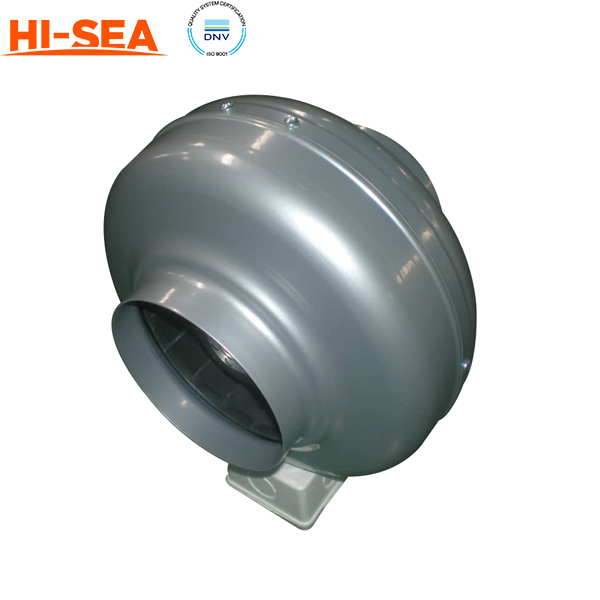
Circular Duct Fan
Introduction:
A circular duct fan, also known as a centrifugal fan or a blower, is a type of fan that is designed to move air or gas through a circular duct. The fan consists of a housing, an impeller, and a motor.
The housing of the fan is typically made of metal or plastic and is designed to fit into a circular duct. The impeller, which is also known as the blade or the rotor, is located inside the housing and is responsible for moving the air or gas. The impeller consists of a series of blades that are curved in such a way that they create a low-pressure area behind them, which draws air or gas into the fan.
The motor of the fan is usually located outside the housing and is connected to the impeller through a shaft. When the motor is turned on, it spins the impeller, which in turn moves the air or gas through the duct.
Circular duct fans are commonly used in HVAC systems to circulate air through a building. They can also be used in industrial applications to move gases through a process or to ventilate an area. The performance of a circular duct fan is typically measured in terms of its airflow rate, which is the volume of air or gas that the fan can move per unit time, and its pressure, which is the force that the fan can generate to move the air or gas through the duct.
Feature:
1. Impeller design: The impeller of a circular duct fan is designed to create a low-pressure area that draws air or gas into the fan. The curvature of the blades and the spacing between them can be optimized for specific applications to maximize the airflow rate and pressure generated by the fan.
2. Housing design: The housing of a circular duct fan is designed to fit into a circular duct and to minimize air leakage. The housing can be made of different materials, such as metal or plastic, depending on the application.
3. Motor: The motor of a circular duct fan can be located inside or outside the housing and can be powered by electricity or other energy sources. The motor can be designed to operate at different speeds and to provide different levels of power, depending on the application.
4. Control options: Circular duct fans can be equipped with various control options, such as variable speed drives or electronic controllers, that allow the fan to be adjusted for different operating conditions.
5. Noise reduction: Circular duct fans can be designed with features that reduce noise, such as insulated housings or vibration dampening mounts, to minimize the impact of the fan on the surrounding environment.
6. Maintenance requirements: Circular duct fans can be designed with features that make them easy to maintain, such as quick-release mechanisms for the impeller or easily accessible motor components. Regular maintenance can help ensure the longevity and efficiency of the fan.
Product Showing:
